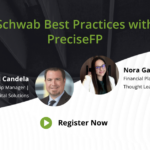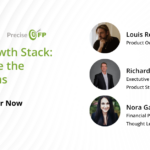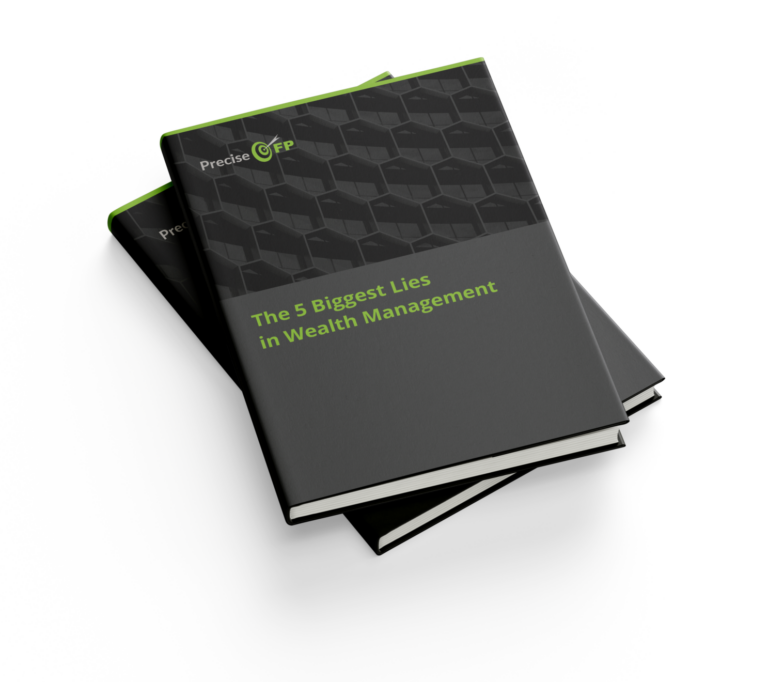Think you can hit a home run without a few practice swings? Think again. Just like in baseball, building a winning advisory practice takes time, strategy, and a whole lot of hustle. Nurturing leads isn’t about swinging for the fences on the first pitch—it’s about playing the long game. You’ve got to build relationships, add value, and turn prospects into clients, one base at a time. Sure, it’s a grind, but with the right tools (and a little automation), you’ll be rounding the bases in no time.
1) Elevate Communication
Every investor wants to feel like their journey matters and they have a professional in their corner who shares their vision. It’s important to deliver content that speaks to their specific needs and interests. Themes that tend to hit the mark include personalized investment updates, market insights, and financial planning advice.
Just as important as the content mix is the frequency of outreach and its nature. Not every person prefers to receive all-electronic communication, while others of the younger generation might find phone calls to be intrusive. It’s a matter of honoring preferences. Whatever the case, maintain regular communication through various channels such as email, phone calls, or in-person meetings.
2) Produce Value-Added Content
Thought leadership can bring your insights and expertise to life. Many advisors have found success with publishing blog posts and articles on their website and in other contexts. Hosting webinars is another way to establish and maintain credibility. Similarly, case studies can help potential clients imagine themselves as successful and want to work with you to get similar results. Whitepapers and ebooks, both educational resources, can help prospects make more informed financial decisions and form a positive association with your practice.
3) Put Relationships Front and Center
Once you get a meeting with them, pay close attention to their needs and concerns. By the end of the consultation they should have no doubt that you’re the one who can help them achieve their financial goals. After the initial rapport building, you should consider how to put the client at the center of every interaction. Find ways to reach out and make them feel valued and validated.
4) Experiment With Lead Scoring and Segmentation
The above tips were more subjective, but the objective and analytical facets of lead nurturing matter, too. For example, you can use lead scoring to sort and call out prospects based on level of engagement and potential value. Lead segmentation can also be useful. This is when you group prospects based on characteristics like demographics, investment goals, and risk tolerance. Going through this exercise can help you align your nurturing efforts with what might appeal to a group of like investors.
5) Track, Measure, and Repeat
Last, data is an advisor’s best friend. After all, you need to have an accurate way to determine if your efforts are producing tangible results. Forward-thinking RIAs use analytics tools to track lead interactions, engagement levels, and conversion rates. Monitor your lead nurturing efforts and tweak as needed to get back on track.
These strategies are what define strong client relationships and a sustainable advisory practice. There’s no substitute for this foundational work. Remember: Every client in your database was once a prospect. Ultimately, it takes a combination of time, effort, and consistency to generate a steady stream of new clients.
With the right tools, you can knock lead experiences out of the park, strengthen relationships, and save your firm a ton of time. PreciseFP’s got some built-in lead generation features that could be the secret weapon in your playbook.










